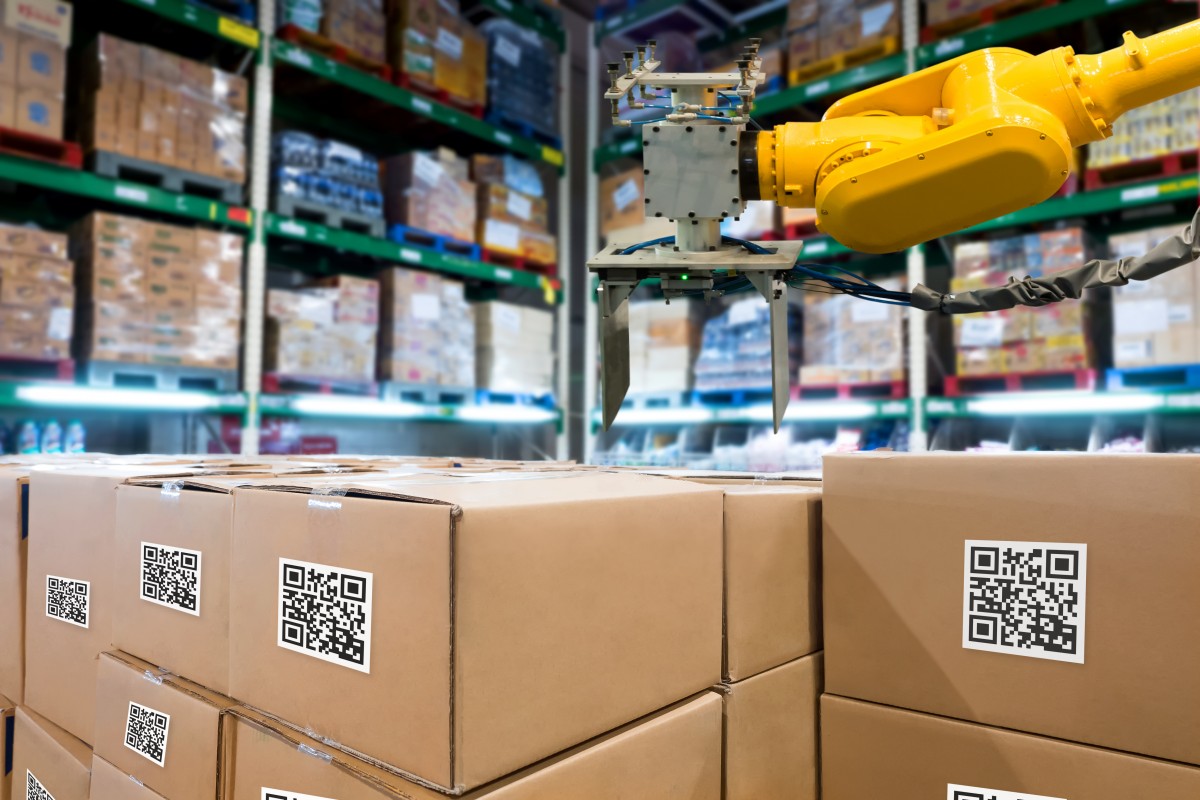New research from inRiver the solution that empowers organizations to deliver revenue-driving product information management (PIM) across every customer touchpoint reveals that 96% of manufacturing businesses feel pressure to get products to market faster than last year due to the current market situation.
The report “Driving digital commerce in manufacturing,” based on a survey of 200 marketing decision makers in manufacturing businesses across the US, UK, and Germany, finds that almost 9 in 10 (87%) of respondents are now facing more competition compared to a year ago. In fact, 22% of those are facing significantly more competition.
The pressure to stay ahead is affecting the majority of businesses in the industry; 88% agreeing they have changed their business model to compete in current market conditions.
Being fast, being agile
The most common challenge when launching a new product to market is beating a competitor to market according to 65% of respondents, followed closely by gathering the right product information at 60%. The three biggest product information challenges are the time it takes to create and update it, managing stakeholders, and localising information.
Although 92% of respondents agreed that they can quickly update their product information, almost two thirds (63%) stated that product information problems often cause delays or product withdrawals.
“The pressure to get products to market quickly has been accelerated by the current economic climate and shows no signs of slowing down,” said Thomas Zanzinger, CEO at inRiver. “Product information is a business's digital front door, so ensuring it's accurate and appropriate across all channels is critical for manufacturers to drive revenue and loyalty in such a competitive marketplace.”
Diverse routes to market
The growing complexity of product information and the pressure to keep up with the competition is leading manufacturers to turn to automation and artificial intelligence to speed up processes. 90% of respondents agree that product information task automation is increasing and 94% say they use automation and AI to tailor product information for different channels.
Technology is also being applied to support new types of product information, with over a third of businesses surveyed using videos (38%) and virtual or augmented reality (36%) to sell products. Of those using product videos, 32% say that it is their most successful content for driving sales, and 72% placed it in their top three drivers.
A successful product information approach combines flexibility, speed, and intelligence. It can effectively handle the right content for both the product and the customer’s needs, while providing flexibility to try new avenues and innovations.
“Businesses are now moving very fast in using innovative technology, rich media, and new channels to bring products to market,” says Stefano Brandinali, chief digital officer, Prysmian Group. “However, moving at speed is only effective if manufacturers can operate freely across different channels and types of product information with confidence and agility, to optimize results.”
Meeting customer needs drives conversion
The improvement of an organisation’s conversion rate online is a key priority. When asked what would help with this critical goal, respondents ranked product information technologies number one. Other priorities to drive improvements included:
• Easier comparison with competitors’ offerings (54%)
• Reviews and visual user-generated content (53%)
• Visualisations, such as 3D images and virtual reality (47%)
Improving trust in products is the biggest driver for maximising conversion rates (28%), just ahead of helping people see and experience the product better.
Zanzinger concludes, “Providing customers with a service and experience that generates trust will deliver long term repeat revenue, driving business growth and success. Revenue is at risk when customers don’t trust manufacturers’ product information, with almost half (49%) of manufacturing decision makers finding that customers are often dissatisfied by products not being as expected. The impact is that over half (52%) admit to losing repeat customers due to such dissatisfaction.”





